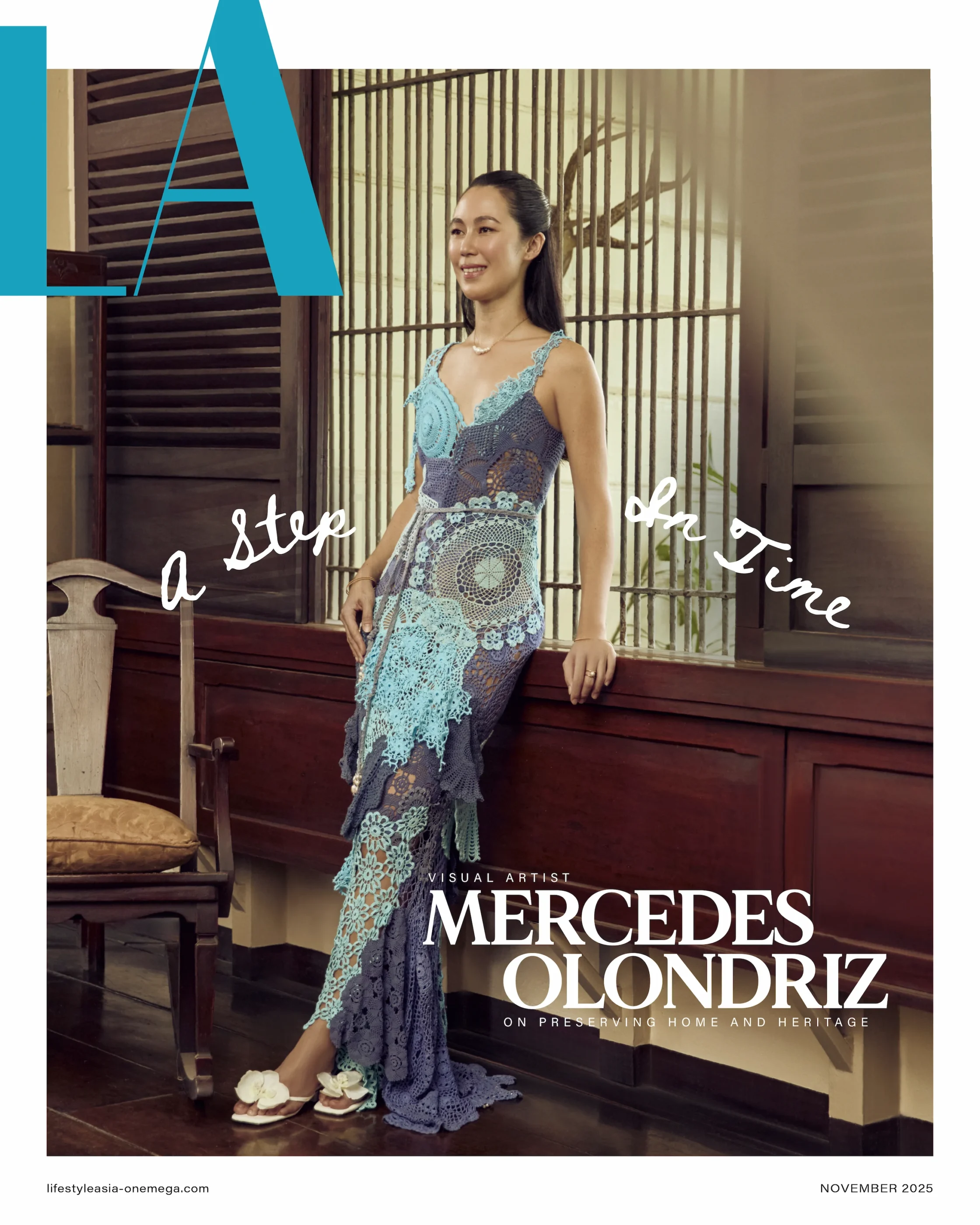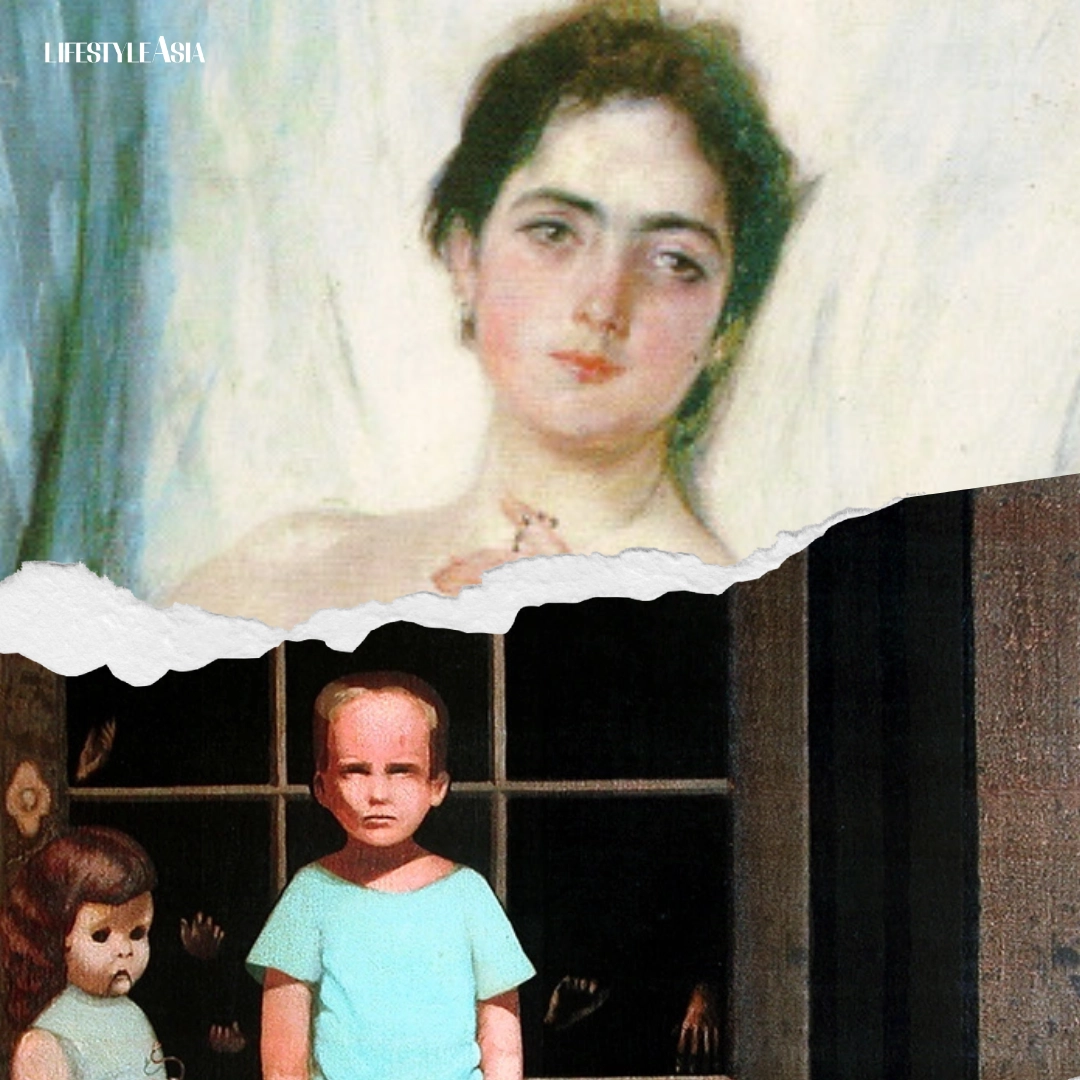Lifestyle Asia speaks with Provenance Art Gallery Director Emilio “Mio” Dizon to demystify the process, including where to begin, what to look for, and how to build a meaningful collection that grows with you.
You’re in your 20s and you’ve just bought your first apartment—congratulations. Now what? It’s time to fill those blank walls with art. Sure, furniture and fixtures come first, but that’s a conversation for another day. Today, we’re diving into the world of buying, collecting, and even investing in these visual pieces that light up a home.
The art world has long carried an intimidating reputation. It might appear high-brow, filled with “if you know, you know” moments and unspoken rules, but fear not—art collecting is only as complicated as we make it out to be.
To help demystify this beautiful, often misunderstood practice, Lifestyle Asia reached out to art gallery director Emilio Dizon, who breaks it down to the essentials.
READ ALSO: LA Phones A Friend: Should I Get A Prenup?
Ask The Expert
Emilio Preysler Dizon, known to most as “Mio,” is a Director at Provenance Art Gallery. He joined the gallery in 2021, a year after graduating from Ateneo de Manila University with a degree in BS Legal Management. As a director, he works closely with artists and collaborators to bring thoughtful, meaningful exhibitions to life, overseeing and organizing all upcoming shows while simultaneously maintaining strong relationships with both clients and the creatives they champion.
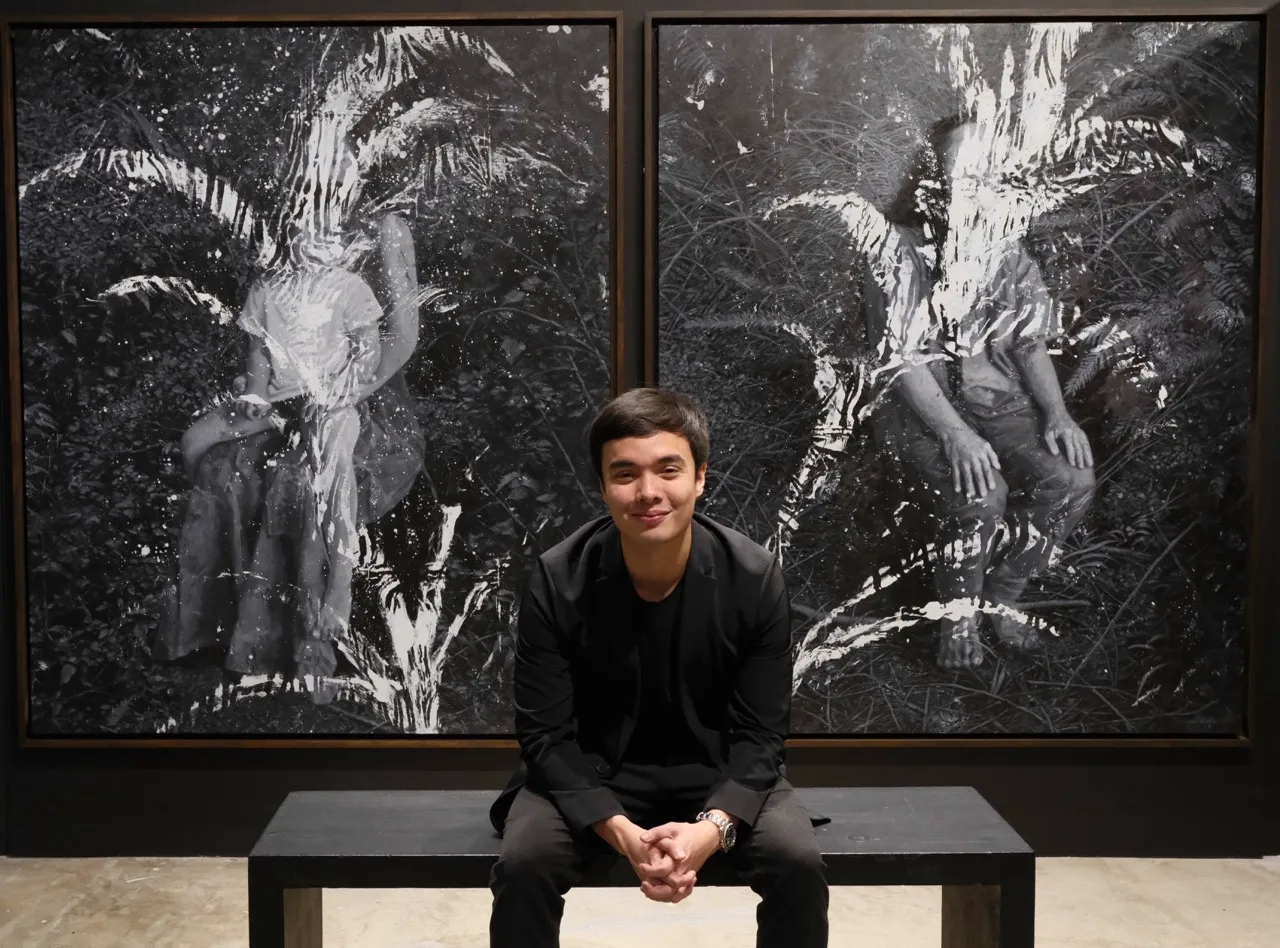
Working side-by-side with his parents and under their mentorship, Mio is committed to carrying forward the legacy they’ve built. His primary focus is ensuring that Provenance continues to grow for the long haul—both for his family and for the community of artists who call the gallery home.

Outside the gallery, Mio unwinds through music: classic and alternative rock, new wave, house, and just about anything from the ’70s and ’80s. He’s just as intentional about spending time with his family and girlfriend, and is an avid fan of history films and documentaries.
How did you first fall into the world of art, and what made you want to build a career around it?
Mio: I was fortunate to grow up in a family that deeply valued art. My parents have been collecting for almost three decades, so from a young age, I was surrounded by different styles, mediums, and perspectives. That exposure taught me to respect and appreciate the many visual languages artists use to express themselves and share their stories. In 2016, I was just finishing high school when my parents opened Provenance Art Gallery, and something clicked. I realized and saw that this was the world I wanted to contribute to and be part of.
Seeing the incredible Filipino artists my parents worked with, the narratives they carried, and the passionate community around them, made me want to help amplify their voices. Ultimately, building a career in art felt like both a natural progression and a meaningful way to champion the immense talent we have in the Philippines. With my parents’ guidance and mentorship, continuing their vision and carrying forward the legacy they began—both for them and for the artists—is something I’m deeply passionate about.


For someone who’s curious about art collecting yet intimidated by it, what’s the easiest entry point?
Mio: It may sound cliché, but the easiest way to begin collecting is to start with what you genuinely love and what fits within your means. Collecting should feel personal and exciting, not intimidating. I’ve found that intentionally immersing yourself in the art scene makes a tremendous difference: visiting art galleries, exploring museums, and attending art fairs whenever you can. The more you expose yourself to different styles and perspectives, the more you begin to “train your eye” and understand what resonates with you—whose works you connect with, and which galleries have a visual style that you enjoy. Over time, you naturally develop a sense of what you want to live with and collect.
What’s the biggest misconception you hear about art collecting—especially among young collectors?
Mio: One of the most common misconceptions is that art collecting is an exclusive world reserved for people with deep pockets or formal training in the arts. Many young collectors feel they need to know ‘enough’ before they can start, or that they need to make big, investment-driven purchases right away. The truth is, collecting can and should begin with genuine interest, and with works that are within your means. There are incredible emerging artists creating thoughtful, strong, high-quality pieces at accessible price points. The barrier to entry is much lower than people think; what matters is engaging with the art, immersing yourself in the scene, trusting your eye, and supporting the artists who speak to you.
After years of working at Provenance and collaborating closely with artists, I still find myself learning new things about art and even about myself—and I believe that’s how it should be! You can never know ‘enough’ in this field; the learning never stops, and that constant growth is part of what makes art so fulfilling. Collecting becomes a journey of discovery, not a test of expertise or knowledge.
If someone has a modest budget, where should they look and what should they prioritize?
Mio: You can find meaningful art at almost any price point. An artwork’s value is influenced by several factors, including where an artist is in their career, the medium they use, and the size of the piece, among others. For those working with a modest budget, starting with smaller works is often ideal: they tend to be more accessible in price and easier to integrate into your home. Supporting young or emerging artists is also a great approach; it allows you to collect high-quality work at a more reasonable range while directly contributing to the growth of artists at a pivotal stage in their careers.
Another strong option is fine art prints. These are often signed and numbered by the artist and provide an opportunity to own a piece connected to them at a fraction of the cost of an original. Ultimately, thoughtful collecting doesn’t depend on a large budget, but on being intentional, doing the research, and keeping an open mind
Can you walk us through how to “read” a piece; what should beginners pay attention to beyond aesthetics?
Mio: Beyond aesthetics, I’ve found that one of the most important ways to “read” a piece is to understand the story and journey of the artist behind it. What narrative are they trying to communicate? How does this work relate to the rest of their practice: the themes they explore, the subjects they depict, or the evolution of their style? Context adds so much more to what you’re seeing.
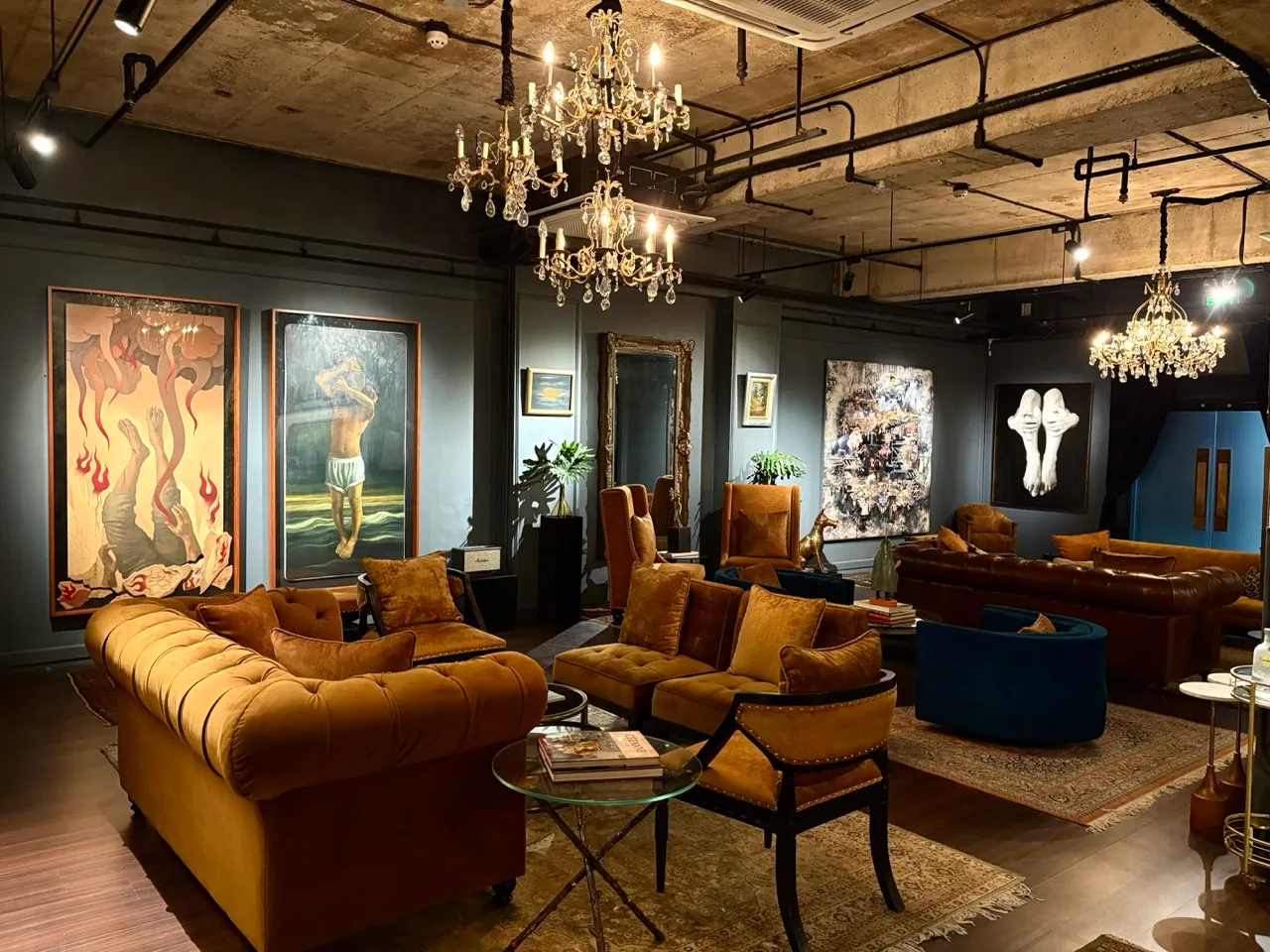
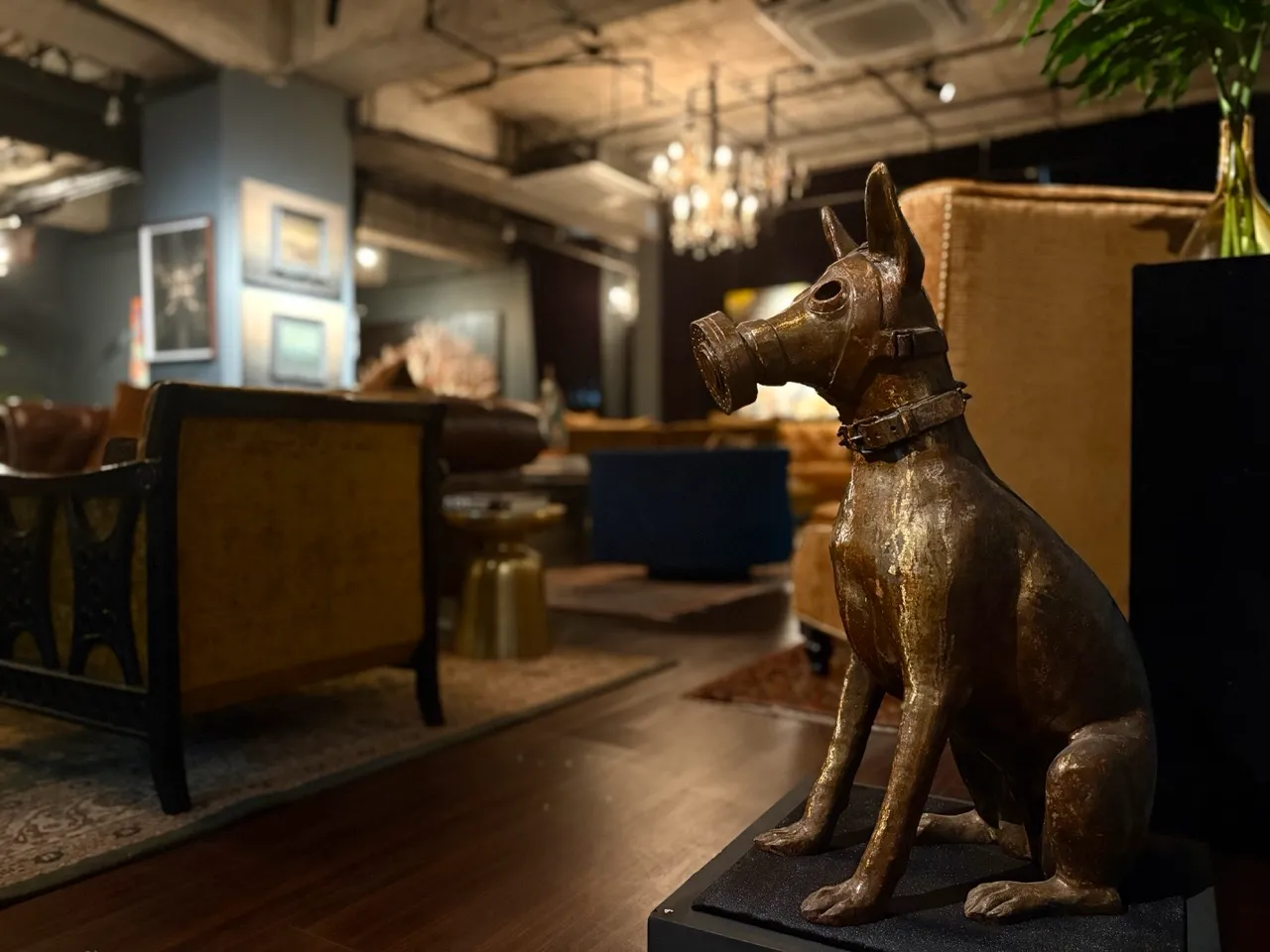
It is also valuable and informative to look into the method and medium the artist used. Understanding their process—how intricate, experimental, or painstaking the work may be—gives you a deeper appreciation of the piece. When you learn what it took to bring an artwork to life, you begin to connect not just with what you see, but with the artist’s intent, discipline, and craft. When all else fails, ask! Asking the gallery or even the artist themselves can give you a much deeper understanding, and they’ll always appreciate your curiosity and willingness to learn more.
How important is it to develop a relationship with gallerists and artists early on?
Mio: As a young gallerist, some of the most meaningful and informative conversations I’ve had in my career so far have come from the relationships I’ve built with fellow gallerists and artists. These eye-opening interactions can truly “fast-track” your understanding of the art world—offering insights you wouldn’t easily find elsewhere, perspectives you may not have considered, and firsthand experiences from those who have been in the field much longer. Developing and nurturing these relationships is incredibly important. Like learning, it’s a continuous process; the connections you build evolve and deepen your engagement with the community. This ongoing exchange is a big part of what keeps the art world dynamic, supportive, and always growing.
What red flags should first-time buyers watch out for?
Mio: One major red flag is when a seller cannot provide proper documentation, certificate of authenticity, or provenance for an artwork—transparency is absolutely essential. First-time buyers should also be wary of prices that seem “too good to be true,” or sellers who pressure you into making quick decisions. It is highly recommended to work with reputable galleries; they will always prioritize clarity, authenticity, and open communication. This becomes even more important when collecting works by artists who have passed away or by established masters, where proper provenance is critical to verifying authenticity and protecting yourself. Trust your instincts: if something feels off, it’s worth pausing and asking more questions.
How do you feel about collecting digital art, prints, or editions—are they good entry points?
Mio: I believe that any medium that gets you genuinely engaged with art is a wonderful starting point. Digital art, prints, and editions are all valid and exciting entry points because they make collecting more accessible without compromising the quality or integrity of the work. At the end of the day, art is about connection—whether it is an original painting, a signed print, or a thoughtfully created digital piece. What matters most is what it makes you feel and how meaningful it is to you.
Prints and editions, in particular, are a great way to collect works by artists you admire at a more attainable price point, while still owning something that is intentionally produced, often signed or numbered, sometimes even embellished by the artist, and part of their practice. Digital art has also opened up new possibilities for creativity, storytelling, and accessibility: these forms allow new collectors to build confidence, develop their taste, and participate in the art world in a sustainable and inclusive way. Ultimately, the “right” starting point is whatever sparks your curiosity and encourages you to continue exploring.
What trends or emerging artists are you excited about right now?
Mio: One trend I’m particularly excited about is the growing support for young and emerging artists: those who have just graduated or are at the very beginning of their careers. There’s something incredibly inspiring about seeing collectors, galleries, and the broader community investing in artists at such a formative stage. Supporting them early is critical—it helps sustain their practice, gives them space to experiment, and allows them to build the foundation they need for long-term growth.
For me, it’s not just about where these artists are right now, but where they have the potential to go. There’s a sense of discovery and possibility that comes with following their journeys, and I can’t help but feel excited and curious about what they create next.
What’s one piece of advice you wish every new collector knew before making their first purchase?
Mio: As a young gallerist and collector myself, one great piece of advice I have learned is to invest in artists of your generation. There’s something incredibly special about witnessing an artist’s growth and evolution firsthand, especially as you grow and change alongside them. Art isn’t just a financial investment, it is a connection to the present moment: the stories being told, the ideas being explored, and the emotions being expressed today. When you collect an artist’s work, you become part of their journey, and they become part of yours. That shared history is one of the most rewarding parts of collecting.
Photos courtesy of Mio Preysler Dizon

